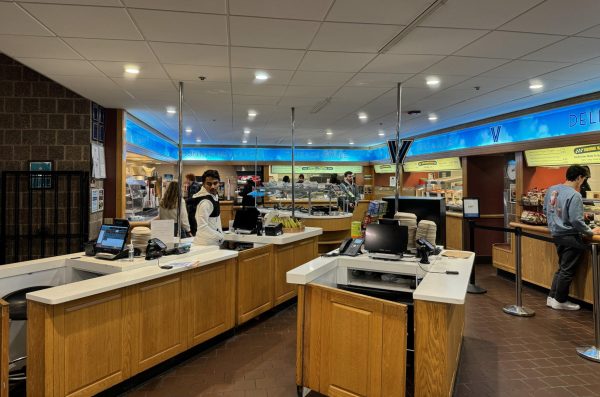EDITORIAL: SEPTA passes would benefit students
November 10, 2009
How many times a month do you take the R5 and R100?
If you’re like most students, you take it a few times a month. Maybe you would take it more often, but the convenience of driving and the cost of a SEPTA ticket discourage your occasional SEPTA trips from becoming a daily habit.
This summer, the SGA considered offering students discounted SEPTA passes. After gathering information from SEPTA and considering potential use of the plan by students, SGA decided against the pass plan because they didn’t feel enough students would take advantage of a program at Villanova’s suburban campus. Regardless of student interest, the plan would initiate a trend away from car dependency at Villanova.
According to research done by SGA, a Cross-Country Pass would allow students to use all SEPTA transit options outside of Center City and cost students $96 a month. If Villanova were to partner with SEPTA, students would save $9.60 off the price each month, for a savings of $43.60 over the course of a semester with a Cross-Country Pass. For students who pay $4 a ride, one-way, and pay by the ride, a month of paying cash on SEPTA would set them back $160, so a Villanova-SEPTA partnership would save them $296.40 per semester.
These aren’t small savings, especially for college students on a budget.
Most seniors live within walking distance of R5 and R100 stops, whether they live in Ardmore, Wayne or between. With the price of parking permits off campus, as well as the cost of gas and a $100 Villanova permit for Main Lot, the convenience and price of traveling to and from campus via SEPTA would rival the cost it takes for a Villanova student to own a car on the Main Line.
Beyond the cost savings, riding SEPTA would alleviate the parking headaches in Main and Pike lots, a problem that Villanova has acknowledged it will not be able to correct in the near future. Also, outside evaluators have noted that Villanova needs to improve its transportation attitudes. The College Sustainability Report gave Villanova a C for transportation, noting that most students drive to campus. A SEPTA partnership would be a way for the University to reduce its carbon footprint.
Villanova would only need to contribute a minimum of 5 percent of the cost of a SEPTA monthly pass; SEPTA covers the other 5 percent off. SGA evaluated that this would come out to $19.20 per person, a small price to pay for the increased convenience and benefits to the environment at a school that is looking to be more “green.”
SGA concluded that not enough students would be interested in the program to warrant its implementation. Although it’s not clear yet that students would embrace a University-sponsored SEPTA plan, it sends the right message that the University wants to start a more environmental trend. We suggest that SGA and the University take another look and strive to offer students this cheaper, more convenient, more environmentally friendly way to get to campus and around the Main Line.










